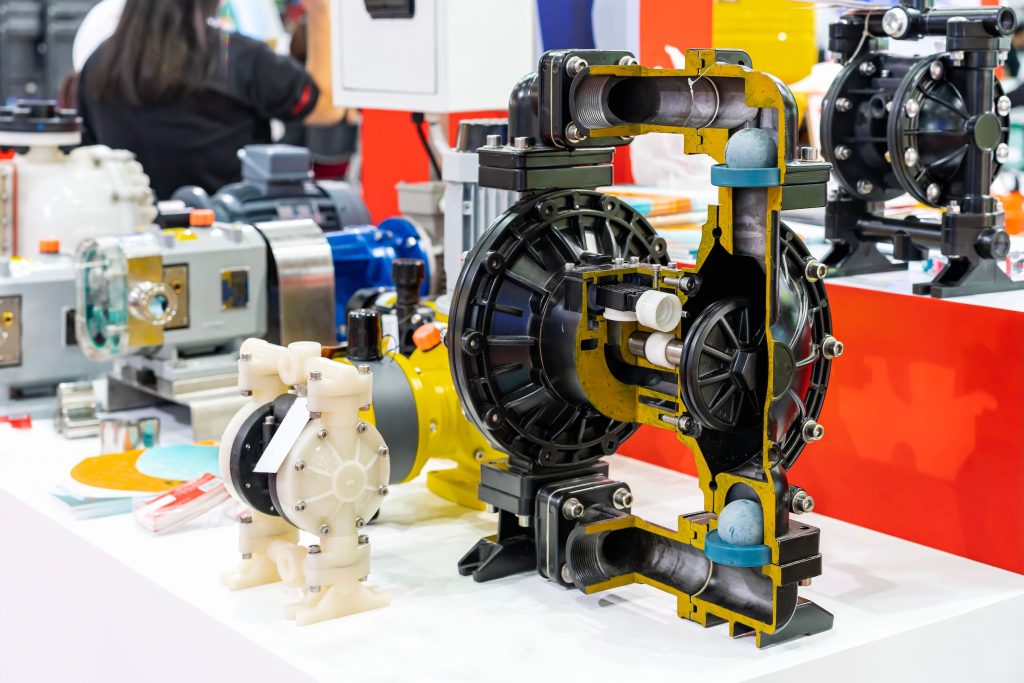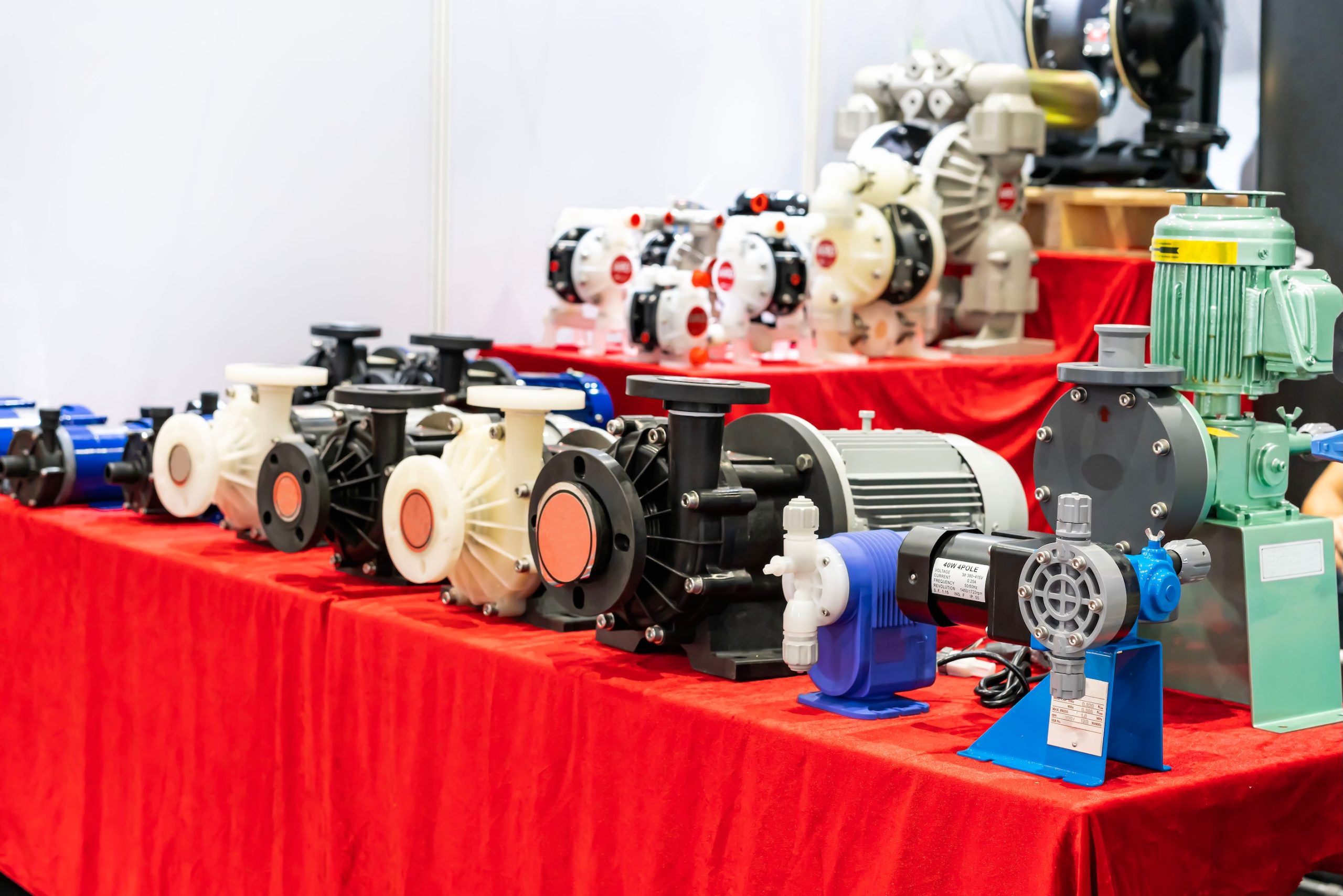Diaphragm pumps play a key role in many industries, from water treatment to chemical manufacturing. Their ability to move different types of fluids—including corrosive, abrasive, or viscous ones—makes them an essential tool for efficient fluid handling. These pumps are known for their simple design, durability, and versatility. Understanding how they work can help users operate and maintain them more effectively.
This guide explains diaphragm pumps in a clear, straightforward way for readers of all levels.
What Is a Diaphragm Pump?
A diaphragm pump belongs to the category of positive displacement pumps. It works by using a flexible diaphragm along with inlet and outlet valves to move fluids. As the diaphragm moves back and forth, it creates a vacuum that pulls viscous liquid into the chamber and then forces it out. This repeated motion allows the pump to handle many types of fluids, including those that are thick, contain solids, or have high viscosity.
These pumps are often used in industries where clean, leak-free pumping is essential. For example, food processing plants, chemical factories, and even construction sites rely on them for smooth and safe fluid transfer. Their strong performance across different applications highlights the many benefits they bring to fluid handling tasks.

Benefits of Using Diaphragm Pumps
Diaphragm pumps offer several practical advantages that make them stand out:
- Leak-free operation: The diaphragm creates a tight seal, which reduces the chance of leaks, even when pumping harmful and aggressive chemicals.
- Self-priming: These pumps can lift fluid into the pump without needing external priming equipment.
- Dry running capability: Some models can operate without fluid for short periods without causing damage.
- Handles a wide variety of fluids: From slurries to oils and even acids, diaphragm pumps handle it all.
- Low maintenance: Fewer moving parts mean less wear and easier servicing.
Understanding diaphragm pump parts and functions can help operators choose the right setup for their needs and maintain the equipment more effectively. Each component, from the diaphragm to the check air valves, plays a specific role in how the pump moves fluid safely and efficiently. This clarity also makes it easier to troubleshoot issues when they arise.
How the Pumping Mechanism Works
The basic operation of a diaphragm pump involves three main parts: the diaphragm, inlet and outlet valves, and the driving mechanism.
- Suction stroke: When the diaphragm pulls back, it creates a low-pressure area inside the pump chamber. This drop in pressure opens the inlet valve and draws fluid into the chamber.
- Discharge stroke: As the diaphragm pushes forward, it increases the pressure inside the chamber. This closes the inlet valve and opens the outlet valve, which forces the fluid out.
This cycle repeats over and over, which allows the pump to move fluid continuously. Because the diaphragm forms a seal between the pumping chamber and the drive mechanism, it prevents leaks and contamination. This makes it suitable for handling hazardous or sensitive materials.
Types of Diaphragm Pumps
There are two main types of diaphragm pumps, and both serve different needs:
Air-Operated Diaphragm Pumps
Air-operated diaphragm pumps rely on compressed air to drive the diaphragm's movement. They are widely used in industrial environments because they operate without electricity, making them a safer choice in areas with moisture or flammable materials. One of their key advantages is the ability to run dry without causing harm, along with self-priming capability—meaning they can begin pumping without the need for manual priming.
Mechanically Driven Diaphragm Pumps
Instead of air, these pumps use a motor or gear system to move the diaphragm. They are often found in precise dosing or metering systems where control over flow rate is essential. While they require electricity, their controlled motion makes them ideal for applications like chemical injection or laboratory use.
Where Are Diaphragm Pumps Commonly Used?
Many industries trust diaphragm pumps because of their reliability and versatility. Here are a few examples:
- Construction: Diaphragm pumps are often used to remove water from trenches or basements.
- Agriculture: They are used in irrigation systems and to spray fertilizers or pesticides.
- Food and beverage: These pumps help move syrups, sauces, and other food products without contamination.
- Pharmaceuticals: In drug manufacturing, precision and cleanliness matter. Diaphragm pumps meet those requirements.
- Oil and gas: These pumps are used for fluid transfer in remote or hazardous areas where electrical pumps might pose a risk.
Each use case highlights the pump’s ability to handle tough environments and sensitive materials.
Maintenance and Troubleshooting
Like all machines, diaphragm pumps work best when well maintained. Here are a few maintenance tips:
- Inspect Regularly: Check for cracks or wear in the diaphragm, especially after heavy use.
- Clean the Valves: Debris or buildup can cause valves to stick or fail.
- Tighten Fittings: Loose parts can cause leaks or reduce suction power.
- Replace Parts When Needed: Don’t wait for a full failure—small issues can lead to bigger problems if ignored.
If a pump suddenly stops working or its flow rate drops, check for air leaks, clogged valves, or a worn-out diaphragm. Many issues can be fixed without replacing the whole unit.
Conclusion
Diaphragm pumps provide a reliable and efficient way to handle a wide range of fluids in many industries. Their simple design, flexibility, and ability to handle tough fluids make them a valuable tool in everyday operations. Whether powered by air or mechanical drive, they offer benefits like leak prevention, self-priming, and low maintenance. With proper care and the right setup, diaphragm pumps can provide years of consistent service. Understanding how they work makes it easier to use them safely and efficiently across various tasks.









